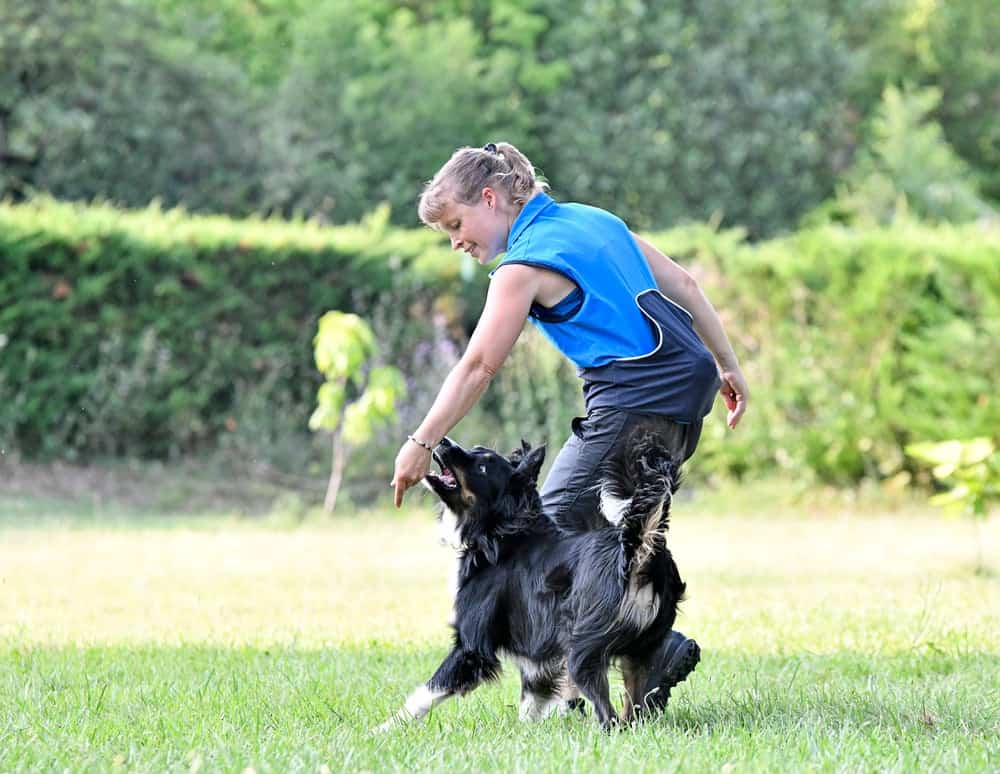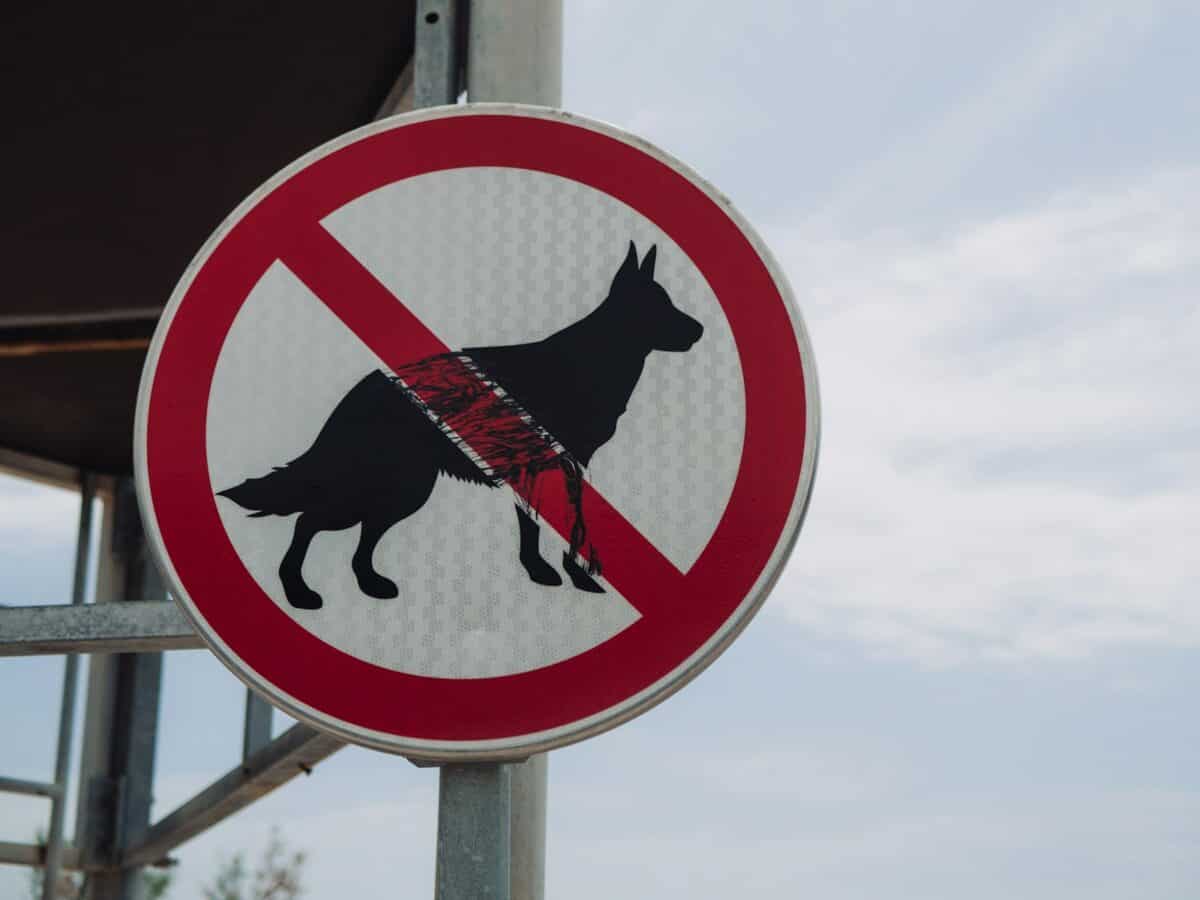Dogs have been our loyal companions for millennia, but not all breeds enjoy the same level of acceptance worldwide. The topic of breed-specific legislation is often shrouded in controversy. Why are certain dog breeds banned in various countries? Let’s uncover the complex web of factors behind these bans and the impact they have on both dogs and their owners.
The Origin of Breed-Specific Legislation

Bans on certain dog breeds, often known as breed-specific legislation (BSL), began as a response to public safety concerns. Countries have implemented these laws to reduce dog attacks and enhance community safety by targeting breeds perceived as aggressive or dangerous. However, this approach remains contentious and is debated within the field of animal welfare.
Breeds Most Commonly Banned

Several breeds frequently appear on banned lists across different jurisdictions. The most common include the Pit Bull Terrier, Dogo Argentino, Fila Brasileiro, and Japanese Tosa. These breeds are often associated with strength, tenacity, and an alleged propensity for aggression, leading to their singled-out status under breed-specific laws.
Public Safety Concerns

Public safety forms the backbone of most arguments supporting breed bans. Proponents highlight statistics and cases involving severe injuries or fatalities caused by specific breeds. These incidents drive legislation aimed at preventing future attacks, often invoking fear and misunderstanding of these breeds’ inherent nature.
The Role of Media in Shaping Perceptions

The media plays a significant role in influencing public perceptions about certain dog breeds. Sensationalist stories and high-profile cases of dog attacks involving specific breeds contribute to a negative image, perpetuating the cycle of fear and providing further justification for restrictive breeding laws.
Genetic Predispositions and Behavior

While certain breeds possess physical traits that enable powerful bites or endurance, behavior is not solely dictated by genetics. Experts argue that factors such as training, environment, and socialization play critical roles in a dog’s behavior. Misunderstanding these nuances often leads to unfair bans.
The Impact of Ownership and Training

Dog owners have a significant influence on their pet’s behavior. Responsible ownership, including proper training and socialization, can mitigate aggressive tendencies in any breed. Failures in these areas can lead to incidents that fuel the perception of certain breeds as inherently dangerous.
Arguments Against Breed-Specific Legislation

Critics of breed-specific legislation argue that it is an ineffective means of enhancing public safety. They suggest that such laws fail to address the root cause of attacks, primarily irresponsible ownership. Opponents advocate for laws based on individual behavior rather than broad breed characteristics.
A Look at Alternatives to Banning

Instead of enforcing breed bans, some regions have implemented alternative methods to address aggressive dog behavior. These methods focus on education, public awareness campaigns, and enforcement of leash laws. They aim to promote responsible ownership and proactive solutions without targeting specific breeds.
The Controversy Surrounding Breed Identification

Accurately identifying a dog’s breed can be challenging, complicating the implementation of BSL. Visual assessments are often unreliable, leading to misidentification and unjust penalties. This raises significant concerns about fairness and the practical enforcement of breed-based laws.
How Bans Affect Dog Welfare

Breed bans can have severe repercussions for the dogs themselves. They may lead to increased abandonment and euthanasia rates for banned breeds, even when the dogs have shown no signs of aggression. This outcome challenges the ethicality of breed-specific laws and their impact on animal welfare.
Legal and Ethical Considerations

The legal frameworks for breed bans vary widely across countries and even regions within them. The ethical considerations are equally diverse, sparking debates about animal rights, responsibility, and the role of legislation in controlling dog populations while ensuring humane treatment.
The Path Forward: Encouraging Inclusive Solutions

As attitudes shift and understanding deepens, many advocates encourage policies that focus on individual animal temperament and responsible ownership rather than blanket bans. Many advocate for behavioral assessments and comprehensive owner education programs as more inclusive and effective solutions.
In conclusion, the debate on why certain dog breeds are banned worldwide is multi-faceted. It involves safety concerns, media influences, genetic factors, training, and ethical dilemmas. As society continues to learn more about dogs and human interactions, it is crucial to develop balanced and humane approaches that protect communities without compromising the wellbeing of our beloved canine companions.
- Why Some Dog Breeds Are Banned Around the World - August 12, 2025
- Florida’s Manatees Are Facing a Crisis—Here’s How People Are Helping - August 12, 2025
- 11 Smartest Animals on Earth and What Makes Them So Intelligent - August 12, 2025

